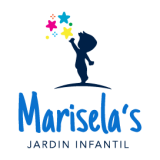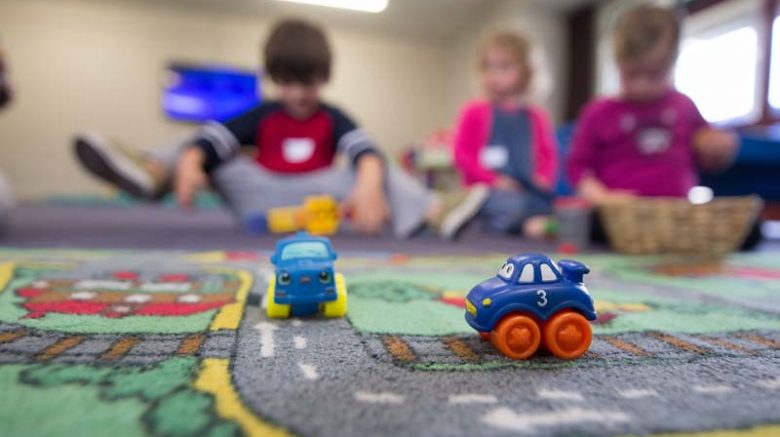One of the most spread theories on infant development is that of Jean Piaget which divides this development in four very different stages.
For swiss epistemologist and biologist Jean Piaget, infancy is divided into 4 stages of development, each with its own features. In each of these stages, the child sees the world from a different perspective. Let’s see them.
Motor Sensory stage: until 2 years of age
Children learn about the world through their senses and the manipulation of things. It is the straightest form to learn, which is why it is suggested to let them go barefoot around the house, of course, watching that they are not taking any risks.
Preoperational Stage: 2 to 7 years
In these ages, children develop memory and imagination. It is the time in which they start to think through symbols, and the clearest example is that they are capable of understanding concepts like past and future, at least on a general level (yesterday, tomorrow, today)
Concrete operational stage: 7 to 11 years
During this stage children become more conscious of external events as well as feelings which are not theirs. They become less egocentric and start to understand that not everybody shares their thoughts, beliefs or feelings. It is the perfect age to educate them in values, such as empathy and friendship.
Formal operative stage: older than 11 years
Eleven years old or older children are capable of solving problems using logical thought, and have learned to watch the world around them and to plan the future.

